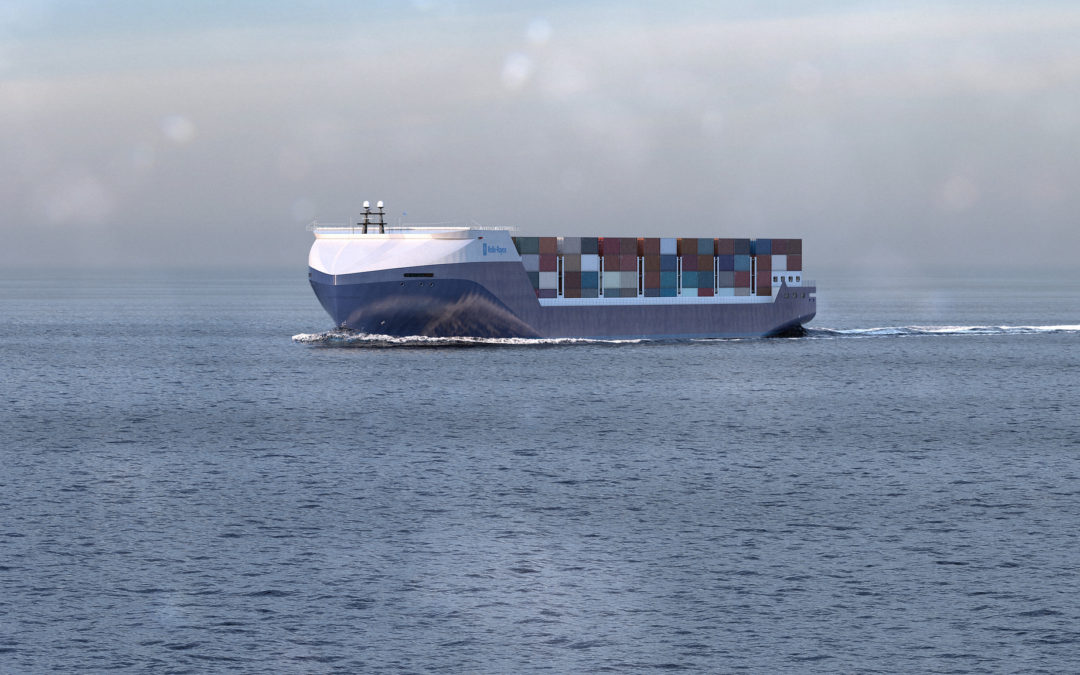In a time dominated by smart technology and automation being applied across the board, from industrial production to our homes and smart phones, we are witnessing an advancement of this technology in the marine sector
as well aimed at making even ships autonomous.World Maritime News spoke with Oskar Levander, Vice President of Innovation, Marine at Rolls-Royce about what might the rise of the smart steel giants of the sea bring to the table and when could this happen. Here is what we found out:
WMN: Given that the smart ship concept has been investigated by a number of companies for some time now, when could we expect a more proactive move to autonomous shipping to launch and what is needed for this to happen?
Levander: We envisage a remotely operated vessel in local waters as the first stage and in operation by 2020. By 2025 we hope to have a remotely operated vessel at open sea and five years after that we expect unmanned ocean going vessels to be a common sight on the ocean. Tugs, along with road ferries, are likely to be one of the first places we will see the commercial use of remotely operated and autonomous vessels. Tugs and road ferries are most likely to fall under the control of individual flag states. These have the capacity to make special dispensation for their operation.
WMN: What is key technologically speaking for it to become a reality?
Levander: The technologies needed to make remote and autonomous ships a reality exist – the sensor technology needed is sound and commercially available and the.….(Read More) Source: World Maritime News

